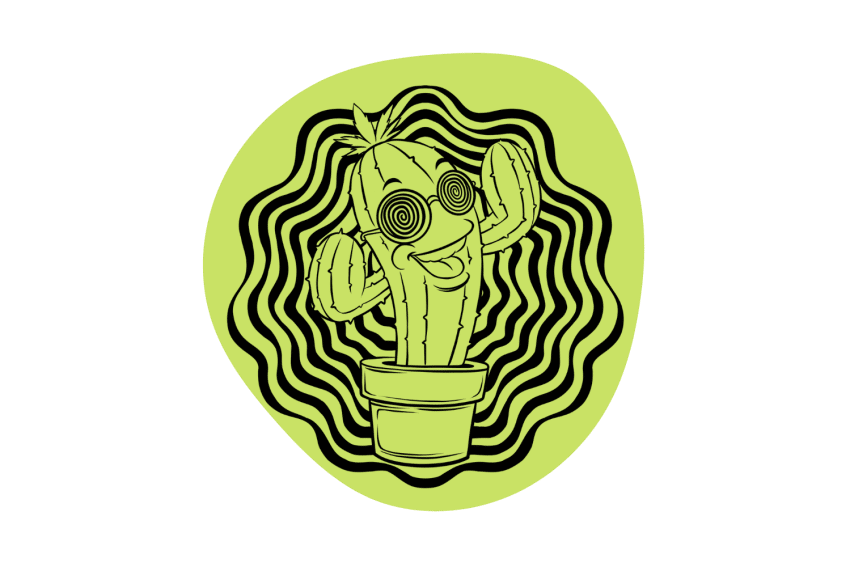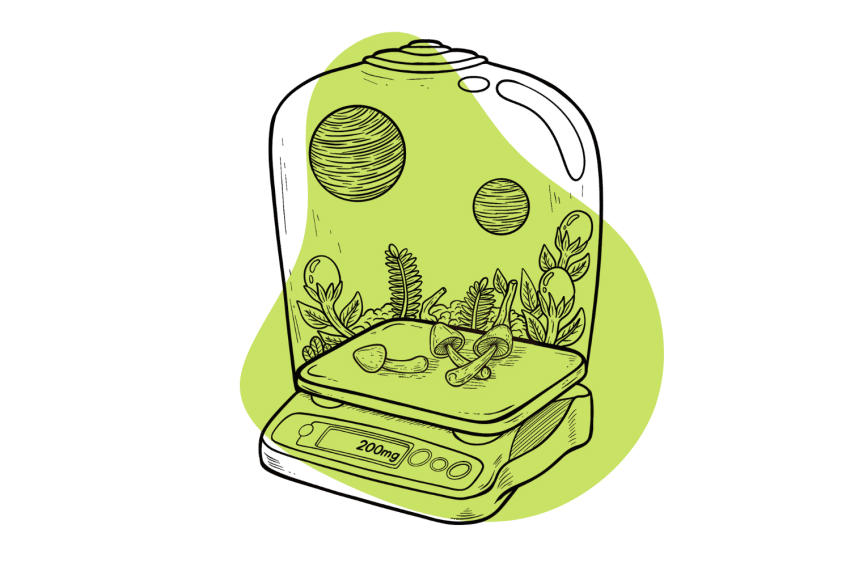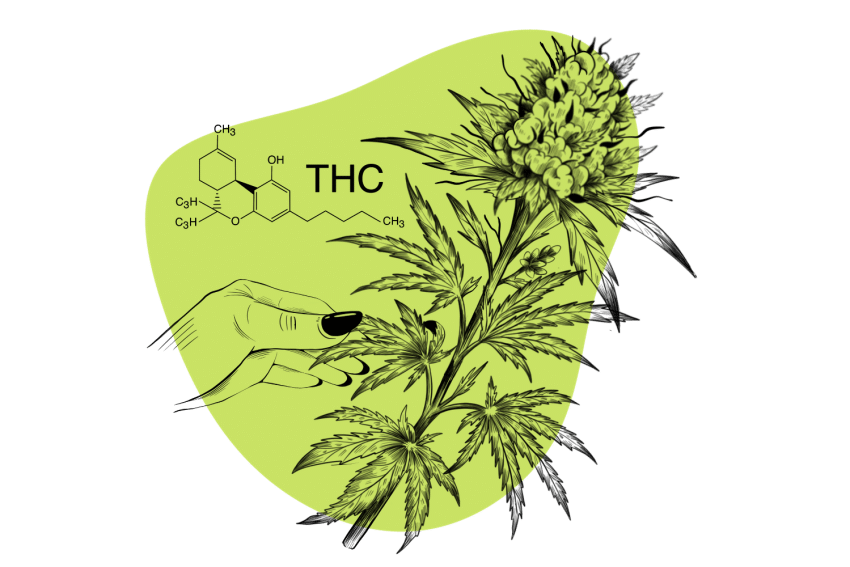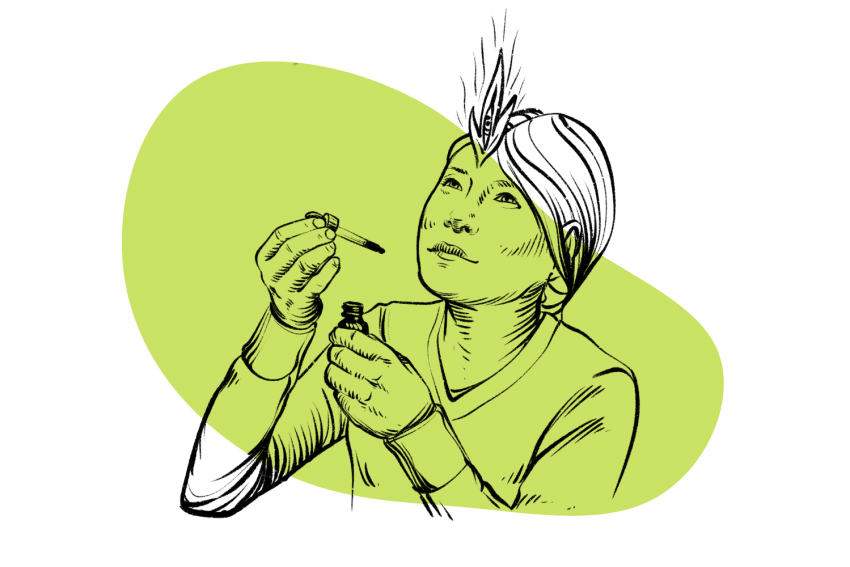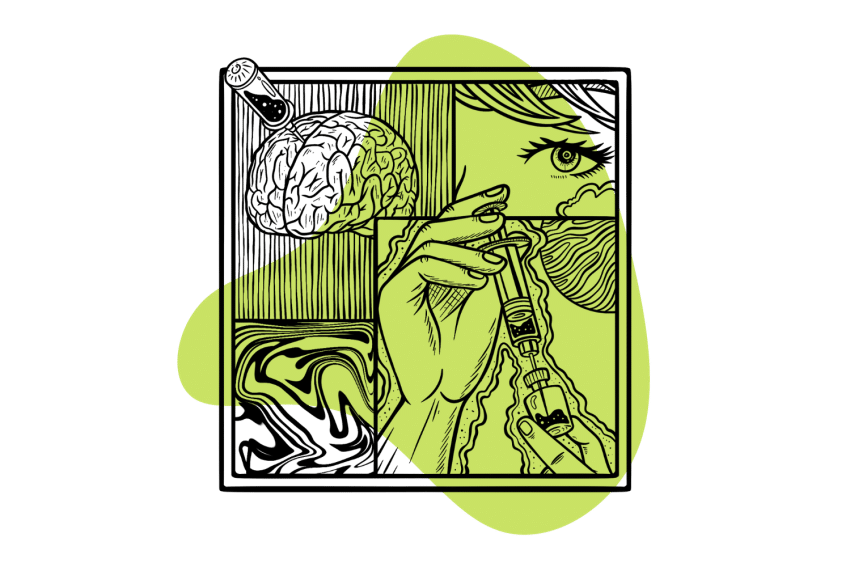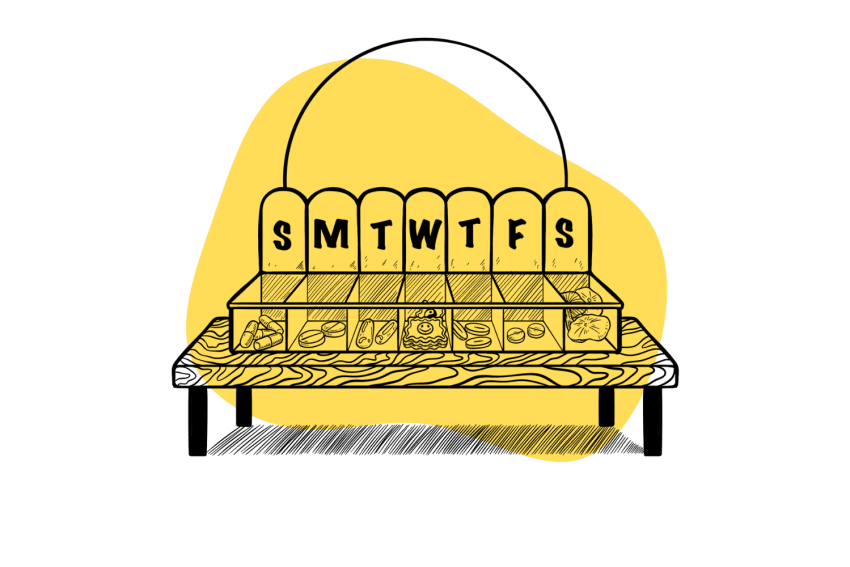Does Microdosing Improve Athletic Performance?
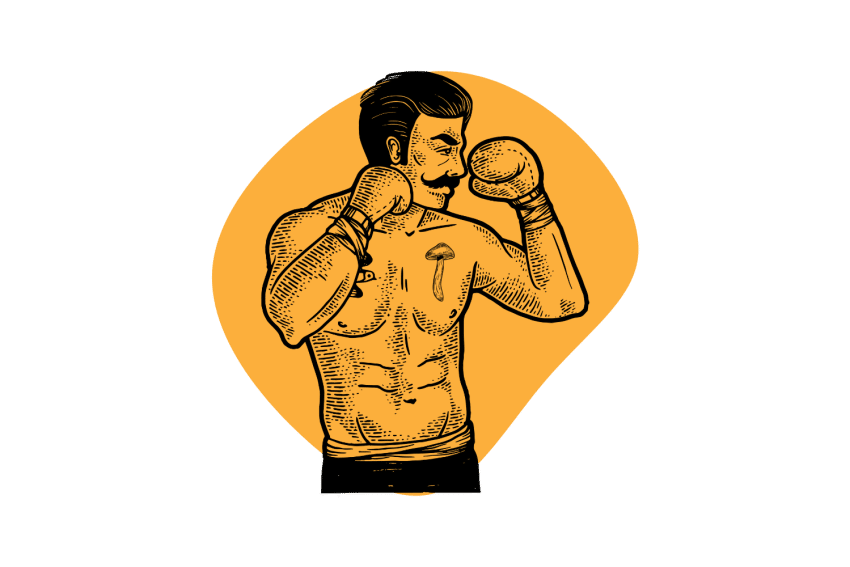
Athletes are very particular about what they put in their bodies. Everything is carefully calculated and chosen to enhance performance or promote recovery, so you might think that psychedelic drugs like LSD, psilocybin, and MDMA are off the table.
It turns out that microdosing psychedelics — taking tiny amounts instead of full doses — may actually improve athletic performance.
Here’s how it works.
Why Are Athletes Microdosing Psychedelics?
There are four main reasons some athletes choose to microdose — the most common is to enhance reaction times and focus. Other benefits include regulating pain perception and buffering from various forms of stress, anxiety, and depression.
Keep in mind that using psychedelics for athletic performance gains is a virtually unstudied field, so most of the evidence supporting any claims about microdosing for athletes will be anecdotal.
1. Improved Focus & Reactivity
There aren’t any good studies on the effects of microdosing on athletic performance and reaction times, but there are a ton of anecdotal reports of athletes suggesting qualitative improvements in their athletic pursuits.
For example, there are reports of boxers experiencing improvements in their ability to predict an opponent’s movements, surfers report an enhanced ability to read the wave as they surf, and climbers report greater composure during dangerous climbs.
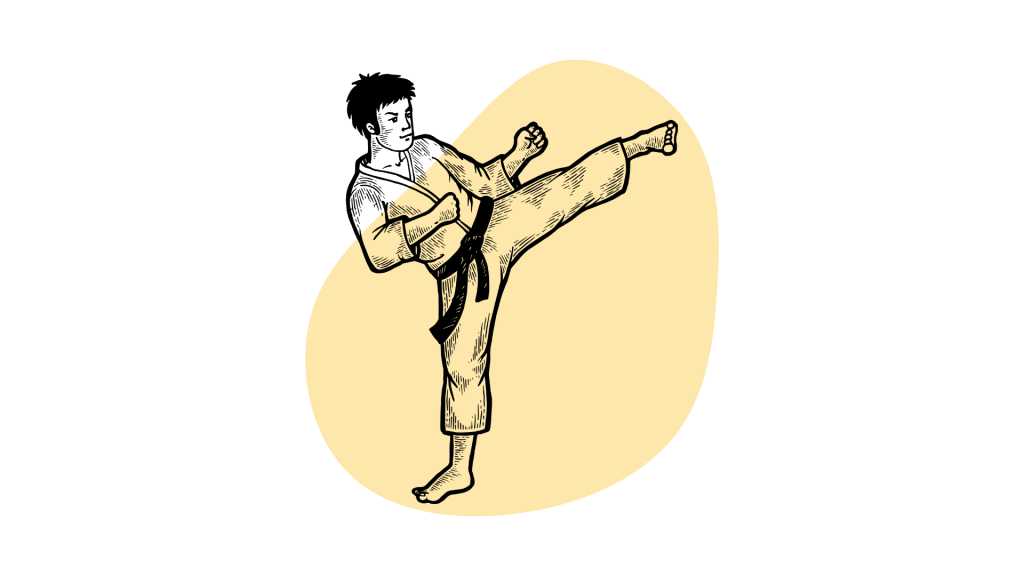
Improvements in reaction time are a common anecdote from the gamer world as well — users report subjectively higher reaction times after microdosing compounds like psilocybin or LSD.
Terence McKenna proposed this effect as part of his Stoned Ape theory. He suggested low doses of psilocybin improve visual acuity — especially edge detection. This allowed hunters in early primate groups to be better hunters, securing a more reliable food supply and increasing the reproductive success rate.
These improvements could come down to psychedelics’ ability to facilitate flow states — which describe a mental state in which the athlete is fully immersed in their activity. While in a flow state (AKA being “in the zone”), the body goes through the actions without thinking about them. This results in fewer mistakes, greater awareness, and more natural movements. Much research connects greater athletic performance with one’s ability to enter flow states [2].
Many athletes champion their ability to enter these flow states as a key part of performing at the highest level possible [3].
When athletes are working on the knife’s edge of physical performance, shaving off just a few seconds of time or enabling even a slight improvement in reaction time can mean the difference between winning and losing.
2. Stress & Anxiety Relief
Stress can wreak havoc on an athlete’s progression. Stress negatively affects sleep, it can slow recovery, and elevations in the stress hormone cortisol, can increase fat retention and reduce muscle-building activity.
Athletes have a high prevalence of stress-related disorders — including depression, substance abuse, anxiety, burnout, and interpersonal relationship issues [4].

There are a lot of different stressors an athlete faces on a daily basis, including:
- Performance pressure
- Personal issues (finances, career transitions), injuries)
- Leadership stress
- Stress from media coverage
- Environmental stressors (travel & jetlag, accommodation, pattern interruptions)
- Cultural & team issues
While there aren’t many clinical studies exploring the effects of microdosing psychedelics for the types of stress faced by professional and amateur athletes alike, there are plenty of anecdotes suggesting them to be useful as a tool to improve resilience and emotional processing.
In the context of anxiety, most research from institutions like Johns Hopkins and UC Berkeley has focused on using (high-dose) psychedelic compounds for managing existential anxiety associated with a terminal illness.
The research has found that psychedelics change how we think about life and death, success and failure, and what it means to be alive. Many of the attributes of macrodoses are also associated with microdoses, but the effects are spread out over several days, weeks, or months rather than a single session.
Some experts hypothesize these same benefits can be useful in supporting an athlete through the anxiety that comes along with the highly competitive and physically demanding world of professional sports.
3. Reduced Pain Perception
Some athletes report feeling less pain when microdosing psychedelics and that it helps them perform when their bodies aren’t operating at 100%. The research in this field is still in its early stages, but there have already been a handful of clinical studies highlighting the analgesic potential of psychedelics like psilocybin, LSD, and DMT [5].

Playing through the pain, as they say, can be dangerous, so this application of microdosing should be used sparingly. It’s best used for athletes that experience chronic pain but have been cleared to perform as normal. Psychedelics like psilocybin appear to modulate the neurochemical pathways associated with persistent pain but may offer little support in terms of direct recovery and tissue regeneration.
Examples of Psychedelic Usage in Sports
Without hard evidence from clinical studies, the claim that psychedelics can improve sports performance depends on illustrative examples. Luckily, there are several documented cases where athletes under the influence of psychedelics performed impressive feats at the highest levels of competition.
On June 12th, 1970, Pittsburgh Pirates pitcher Dock Ellis threw a no-hitter while on LSD. Ellis walked eight batters and hit another but didn’t allow any hits, a feat that garners respect around baseball even if it isn’t as impressive as the elusive perfect game. Interestingly, it was the only no-hitter that Ellis threw in his career, making a compelling case that LSD improved his performance.
Another example of an elite athletic accomplishment on LSD comes from Sarah Rose Siskind’s performance in the 2019 Burning Man ultramarathon. Sarah completed the 31-mile run in the blistering heat of Black Rock City, Nevada. She said that she liked the interaction between the psychoactive effects of LSD and the runner’s high, saying that she believes the two experiences complement one another.
Psychedelics are also popular in extreme sports like snowboarding and skateboarding. Competitors in these sports believe that psychedelics help them create new tricks and help them express themselves on the slopes or at the skatepark. Countless user reports — like this Reddit post — claim that microdosing LSD improves snowboarding performance by enhancing a person’s focus. Whether or not such claims are true is difficult to determine, but the anecdotal evidence is compelling.
Are Psychedelics Considered Performance-Enhancing Drugs (PEDs)?
Not generally, no. There is not enough hard evidence to classify psychedelics as PEDs, so most major athletic governing bodies don’t ban or test for them. The consensus is that the effects psychedelics have are small compared to the significant, well-established boost that drugs like steroids or Adderall provide, making it less of a regulatory issue.
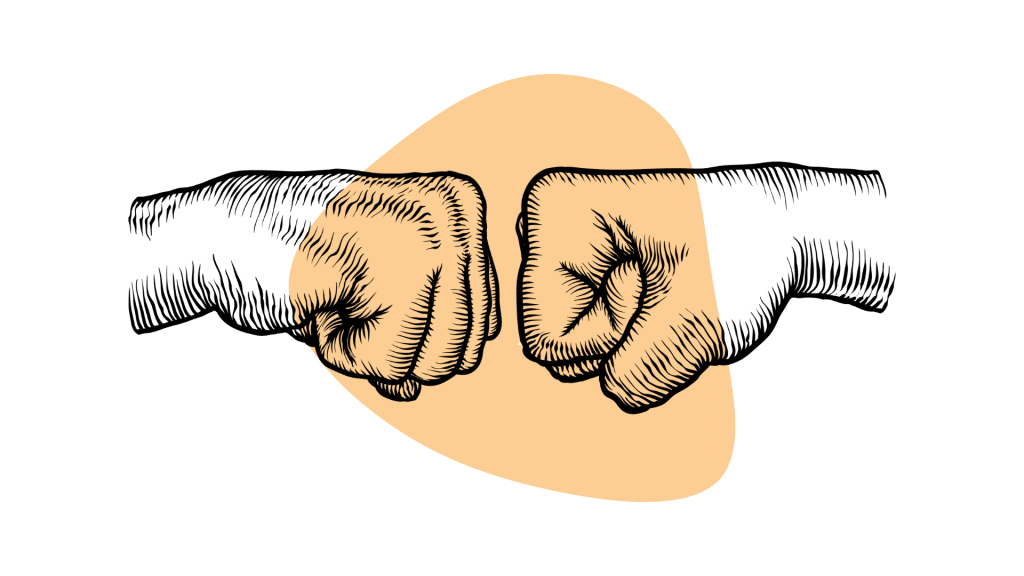
Microdosing 101
Microdosing is a generic term psychonauts use that implies using very small doses of psychedelic compounds. The dose is roughly 10% of a standard psychoactive dose (or less) and has no noticeable psychoactive effects.
People are drawn to microdosing because it reportedly offers many of the mind-expanding benefits of full-size doses without launching them into a full-scale, multi-hour trip.
Getting the Dose Right
Microdosing doesn’t require any special delivery method, but it’s important to get the dose right. Here are some quantitative guidelines for microdosing common psychoactive substances.
- Magic Mushrooms (psilocybin): 200 mg (0.2 g)
- LSD: 8 – 12 micrograms (1/9 a tab of acid)
- MDMA (ecstasy): 5 – 10 mg
Set & Setting Still Matter
Your mindset and where you take powerful psychedelics like LSD or psilocybin are extremely important factors to consider when taking a normal dose. Heading into a trip with a negative attitude or anxiety is a recipe for a bad trip and a frightening, stressful experience.
With microdosing, set and setting are still important, although getting it wrong doesn’t carry the same severity of consequences.
For athletes, microdosing is a tool to help them perform better, so it can help to spend a few minutes setting that intention before microdosing. Many athletes also practice visualization to improve their performance, and doing so before microdosing may produce stacking effects, according to some microdosing reports.
Frequency: How Often Should I Microdose?
Most experts don’t recommend taking psychedelics every day, even if you’re microdosing. Many athletes using magic mushrooms or LSD in their training regimen recommend microdosing every other day or only during the week (take weekends off).

Wrapping Up: Is Microdosing Helpful for Athletes?
Most athletes who have experimented with microdosing believe it helps them perform better. While there are some theories and early scientific findings that support these claims, there isn’t enough data to make any definitive claims.
With that said, microdosing is generally considered safe. Many athletes looking for an additional edge over their competition are experimenting on their own with different kinds of psychedelics and posting their results online through blog posts, testimonials, and videos. As time goes on, more evidence is mounting in support of a proper clinical trial to explore these effects in a controlled setting.
References
- Lawrence, D. W., & Carhart-Harris, R. L. (2019). Sports medicine, mental health & well-being, and psychedelics. BJSM Blog. Accessed December 15, 2019.
- Harris, D. J., Allen, K. L., Vine, S. J., & Wilson, M. R. (2021). A systematic review and meta-analysis of the relationship between flow states and performance. International Review of Sport and Exercise Psychology, 1-29.
- Chavez, E. J. (2008). Flow in sport: A study of college athletes. Imagination, cognition, and personality, 28(1), 69-91.
- Arnold, R., & Fletcher, D. (2012). A research synthesis and taxonomic classification of the organizational stressors encountered by sport performers. Journal of sport and exercise psychology, 34(3), 397-429.
- Castellanos, J. P., Woolley, C., Bruno, K. A., Zeidan, F., Halberstadt, A., & Furnish, T. (2020). Chronic pain and psychedelics: a review and proposed mechanism of action. Regional Anesthesia & Pain Medicine, 45(7), 486-494.


